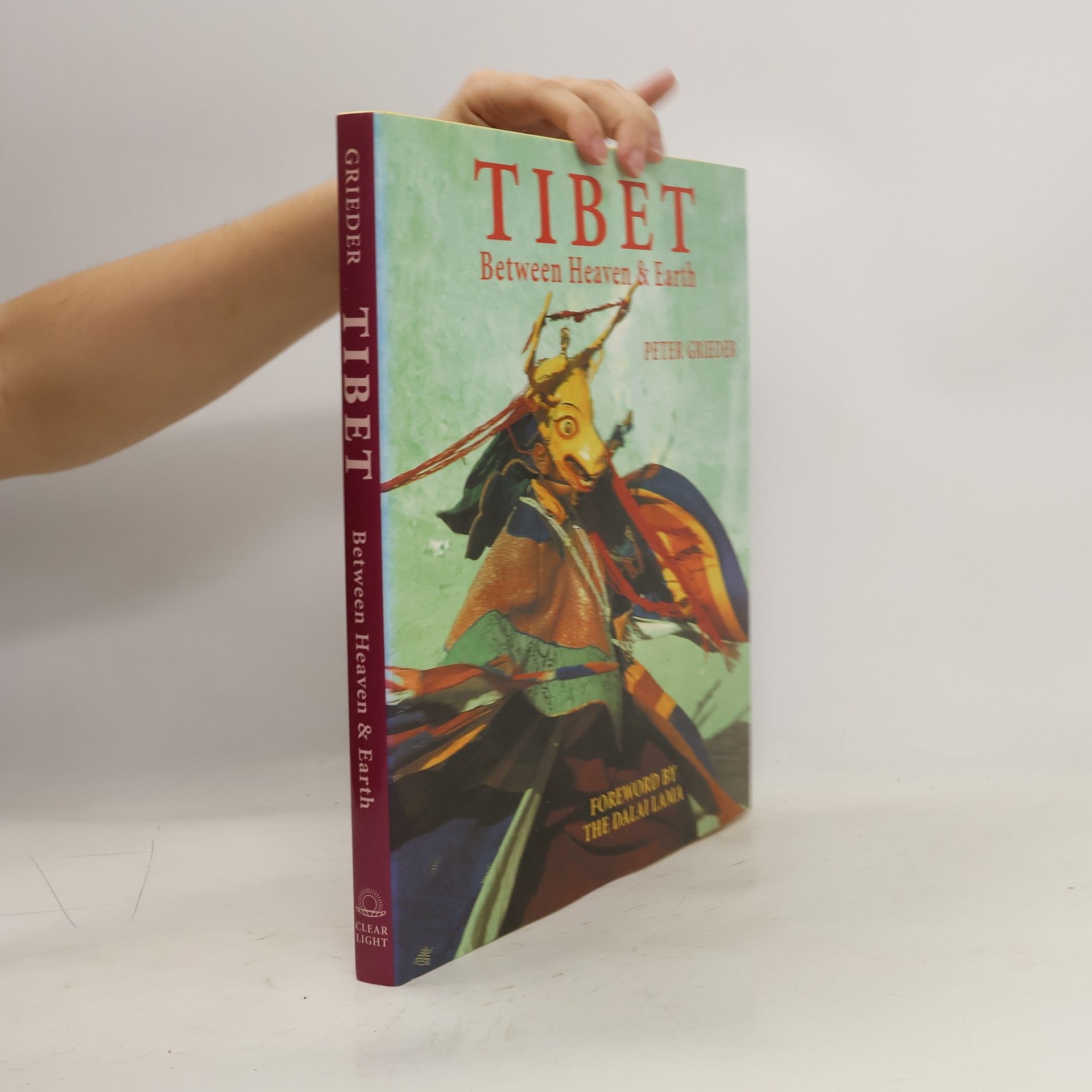Peter Grieder Knihy






The East German leadership
- 256 stránok
- 9 hodin čítania
Since the publication of The Woman Warrior in 1976, Maxine Hong Kingston has gained a reputation as one of the most popular -- and controversial -- writers in the Asian American literary tradition. In this volume Grice traces Kingston's development as a writer and cultural activist through both ethnic and feminist discourses, investigating her novels, occasional writings and her two-book 'life-writing project'.The publication of The Woman Warrior not only propelled Kingston into the mainstream literary limelight, but also precipitated a vicious and ongoing controversy in Asian American letters over the authenticity -- or fakery -- of her cultural references. Grice traces the debates through the appearance of China Men (1981), as well as the novels, Tripmaster Monkey (1989) and her most recent work, The Fifth Book of Peace.Maxine Hong Kingston will be of value to students and academics researching in the areas of diaspora writing, contemporary American and Asian- Amercianfiction, as well as feminist and postcolonial literature.
"Describes the culture and people of Tibet and the key elements of Buddhist teachings."--Amazon.com.
The German Democratic Republic
- 155 stránok
- 6 hodin čítania
Peter Grieder offers a thought-provoking introduction to the history of East Germany which engages critically with key debates and advances fresh interpretations. Arguing that the German Democratic Republic (GDR) was a totalitarian welfare state, Grieder: • divides its life into six phases: conception, construction, consolidation, conservatism, crisis, and collapse • analyses key concepts in the Introduction • provides an overall assessment of the GDR at the end of the volume • integrates experiences of individual GDR citizens in order to gain a deeper understanding of the East German polity. Clear, concise and up-to-date, this is an essential new study for anyone with an interest in the origins, development and ultimate downfall of the self-proclaimed 'Workers' and Peasants' Power'.
Das Werk von Peter Grieder verbindet fundierte Texte mit eindrucksvollen Bildern und schafft so eine tiefgehende Auseinandersetzung zwischen Okzident und Orient. Der Autor, ehemaliger Kurator des Klösterlichen Tibet-Institutes und Dozent am C.G. Jung-Institut, führt den Leser durch eine visuelle Reise, die ihn dazu anregt, sein eigenes inneres Wesen zu erkunden. Mit jedem Bild entfaltet sich ein unsichtbarer Faden, der den Leser auf einen faszinierenden Pfad der Erkenntnis führt und ihm neue Perspektiven eröffnet.
Der Autor Peter Grieder beschreibt seine Erfahrungen während des Jahreswechsels 1999/2000 in einem vietnamesischen Kloster in Bodhgaya, dem bedeutenden Ort der Erleuchtung Buddhas. Als Kurator des Klösterlichen Tibet-Institutes und Dozent am C.G. Jung-Institut bietet er eine einzigartige Perspektive auf die Verbindung zwischen buddhistischer Spiritualität und westlicher Psychologie. Die Kombination aus Text und Bild vermittelt tiefere Einblicke in die religiöse Praxis und die kulturellen Aspekte des Klosters sowie die persönliche Bedeutung dieser Zeit für Grieder.
In "Buddhismus und westliche Welt im Gespräch" reflektiert Daniel Aufschläger über Peter Grieder, einen bedeutenden Kulturvermittler des tibetischen Buddhismus in der Schweiz. Grieder, autodidaktisch ausgebildet, brachte den Buddhismus verständlich näher und organisierte die erste Kalachakra-Initiation in Europa. Sein Ansatz verbindet westliches Denken mit buddhistischer Logik.
